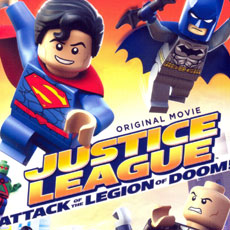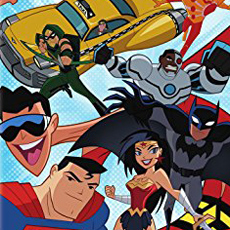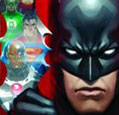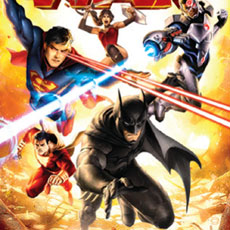Feeling responsible for the death of Superman (Henry Cavill) and haunted by guilt over his misjudgment of him, Bruce Wayne (Ben Affleck) goes on a mission to attempt to make things right by uniting the most powerful humans in the world–Wonder Woman (Gal Gadot), Aquaman (Jason Moama), Cyborg (Ray Fisher), and The Flash (Ezra Miller)–into an elite team in order to stop Steppenwolf (Cillian Murphy), an ancient warrior on a mission to locate three legendary artifacts in the service of his master, the infinitely powerful titan Darkseid. But with time running out and Steppenwolf’s army threatening the very existence of mankind, the five of them might not be enough to stop them. And a certain recently deceased caped hero may be their only hope.

In 2017, Zack Snyder abruptly left the director’s chair on Justice League following the unspeakable tragedy of his daughter’s suicide. Too heartbroken to find the fight in him to deal with studio executives who were increasingly putting pressure on him to change his intentions for the project, the reins were handed over to Joss Whedon. The result was Whedon more or less taking over the film, doing a number of reshoots to add more humor (some might say “to make it more like Marvel”), but with Snyder still receiving top billing (Whedon would be given a screenwriting credit).
Which is to say that the theatrical version was a different beast entirely from what Snyder was aiming for, with Whedon’s edition serving as a breezy, fun extravaganza which intentionally or not played like a nostalgia-fueled tribute to superhero movies of the 90s. “One misses the days of wind-up exploding penguins,” Alfred lamented in a moment exclusive to Whedon’s film, as though longing for the more simplistic days of Batman Returns and Superman: The Movie where good and evil were clearly defined and moral grayness was almost nonexistent (this was further exemplified by Danny Elfman’s score). And, in many ways, that’s what it gave us–rather successfully, I would argue.
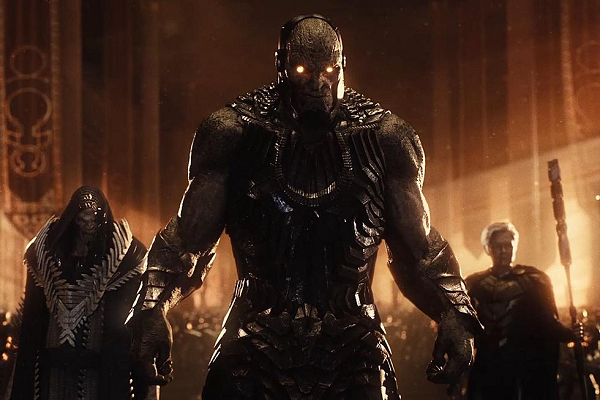
Yet even as someone who has been quite vocal in defending–and even loving–what we got (I’ve also been a champion for Solo: A Star Wars Story, so maybe I have a soft spot for patchwork productions), I’d still say there was something missing from it, something hard to define. For one thing, as much as I enjoyed it, the tonal shift between it and the much-darker Batman v Superman was more than a bit jarring, as it functioned less like a continuation of what Snyder was doing and more like the Diet Coke equivalent of Whedon’s own Avengers–which, in fairness to him, was probably exactly what he was brought aboard to do. While I think it’s hogwash to claim the now-popular narrative that Justice League was “universally hated” upon its release is an accurate one (I watched it in theaters twice with audiences who laughed and cheered at the right places), it didn’t feel quite epic enough, and didn’t land as the “big event” that it ultimately should have.
A couple of years and several fan petitions and hashtags later, and we finally have Zack Snyder’s Justice League–or The Snyder Cut as fans will almost certainly refer to it as–a bigger, badder, better vision of what came before. Amazingly, in spite or perhaps because it has pretty much the same plot (and most of the footage) of what we got in theaters, it’s like experiencing a film you haven’t watched. It’s longer than The Irishman, but it feels at least an hour shorter, and many might be surprised by what an easy sit it actually is (for those with sore bottoms, there are convenient Quentin Tarantino-style “chapters” for easy breaks). It never allows for things to go too long without an action scene of some sort, but gives its characters some breathing room between each titanic battle, making the excitement even more effective than it was in the so-called “Whedon Cut.”
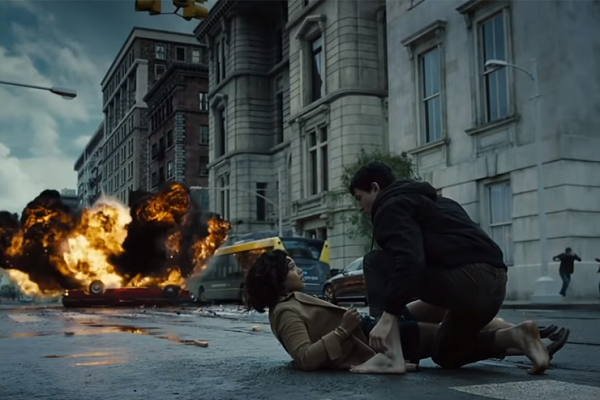
So if you liked the original film, you’re probably going to like this even more. If you didn’t like it, you still might enjoy this cut, which provides more of, well, everything. The drama has more weight, the punches have more impact, and perhaps most importanly, the stakes are much higher. There’s simply more “gravity” to the storytelling here, whether it’s Wonder Woman taking down British terrorists with more intensity and force, or Batman choosing to have Superman brought back from the dead, which here is highlighted as a risky and even borderline terrifying action which could have grave consequences for everyone in the future (something which no doubt would’ve been elaborated on if the intended sequels had been made).
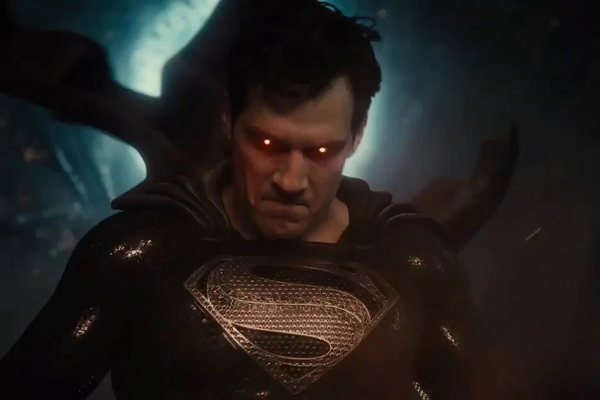
What you’re essentially getting is Justice League, but with far more explanation points(!!!), yet at the same time Snyder’s film has plenty of quieter moments which almost resemble the delicate intimacy of arthouse cinema. It’s like Avengers: Endgame if it hadn’t waited two hours to get to the fireworks.
And while many of the goofier jokes Whedon added are not to be found here (and aren’t terribly missed, even if some of them were pretty funny), this is at the end of the day a more lighthearted outing than Batman v Superman (not to mention more accessible), feeling appropriately comfortable with itself while not abandoning entirely what that movie had already established. As a director, Snyder displays full confidence, delivering interpretations of these classic characters that feel more traditional than what he’s done before, while managing to maintain what made his takes on them feel unique to his universe.

In other words, Snyder gets to have his cake and eat it too, with the extended running time allowing him to balance the childlike enthusiasm he brings to his fisticuffs (of which there are plenty) with the more mature filmmaking he demonstrated in Watchmen. For instance, Lois Lane’s grief over Clark’s passing gets to be explored much further here, as she takes the same walk to Superman’s memorial repeatedly, unable to motivate herself to go back to work, but giving her life some level of a foundation by buying a police officer a cup of coffee every day. It’s discreetly poignant, a deceivingly simple gesture of kindness on her part which she’s most likely not giving herself enough credit for. It’s little touches like this that make this Justice League feel fully fleshed out, and all the more emotionally rewarding for it.
Speaking of fleshing things out, Steppenwolf gets a full special effects makeover, and a lot more to do. Emphasized as a servant to Darkseid with slavish devolution to him, Steppenwolf becomes a character plagued by pain, his eyes constantly haunted even as he’s carrying out his overlord’s attacks. He’s also a lot more violent this time, with the R rating providing permission for him to kill a lot more people than he could with a PG-13 in theaters (although even with a fair amount of blood splattering, this is a pretty tame R). Darkseid, of course, was only name-dropped in the theatrical version, but does get to make a few notable appearances here, looking towering, menacing, and cool.
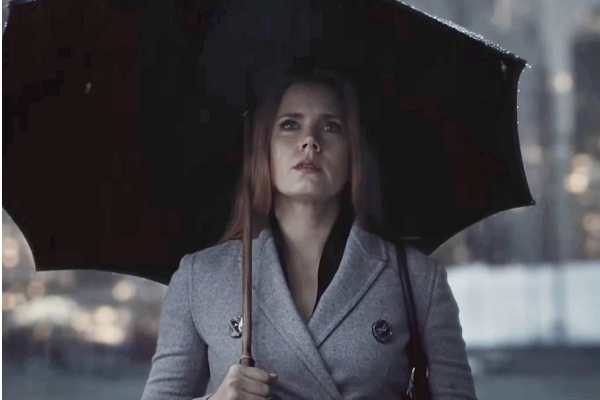
Much of the new content focuses on The Flash and especially Cyborg, whose backstory–similar in execution to Dr. Manhattan’s in Watchmen–takes up a good amount of the film’s focus. A welcome addition in an extended edition, it’s easy to justify why this was removed from the theatrical version simply for the sake of time and pacing (of course, that’s not taking into account the much publicized alleged feud that took place between Whedon and Fisher during production). Other removals are more confusing, such as a cameo by Willem Dafoe which serves as a teaser to 2018’s Aquaman and would’ve worked as a nice set up to that in the original cut.
If there’s anything about Zack Snyder’s Justice League that might disappoint some fans, it’s that most of the film’s action beats were already in Whedon’s version, with a breathtaking sequence involving Flash rescuing a young girl from being run over by a truck being the only one that’s completely new. That being said, all of the fights have been amplified and expanded upon, with horses being thrown further, bodies falling down harder, and every kick and gunshot feeling fiercer. This is all greatly enhanced by a brand new musical score from Tom Holkenborg, which increases the adrenaline factor where it really counts.
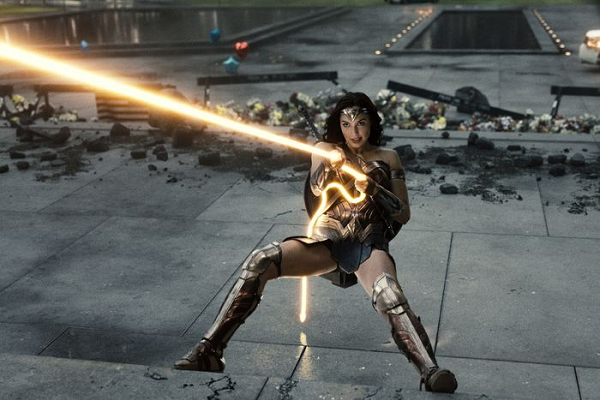
It’s also a wonder how much the muted color palate helps this feel different from the original movie, with Snyder thankfully removing the bizarre glaring red sky that Whedon added to the climatic conflict. It also works remarkably well in 4:3 framing, giving everything a subtly retro feel which–intentionally or not–makes it resemble a film viewed on VHS presented in the pan and scan format.
It’s fitting, in a way, that Snyder chooses to end his opus on a cliffhanger, teasing the creation of what might’ve been while still managing to find contentment in doing so. Zack Snyder’s Justice League has the shadow what came before looming over it, the existence of Whedon’s meddling with it both inviting comparison to it and almost taunting it like a cartoon shoulder devil.

But it overcomes all of this and triumphs as an individual creative vindication, albeit on a bittersweet level, with the spirit of Snyder’s daughter floating over it like a halo, her presence being felt frequently throughout the film as it’s probably no coincidence that grief, fatherly love and affection are among its most consistent themes. Given its rousing nature, I was initially wanting to clap once the movie’s end titles started rolling (to clarify, I was alone and in front of my laptop and it was past 3:00 AM), but instead my silence was demanded as Snyder dedicates them to his loss, with Leonard Cohen’s Hallelujah being played quietly on a piano as it was his daughter’s favorite song.
Whether you love Zack Snyder’s Justice League or hate it, you have to respect its existence.
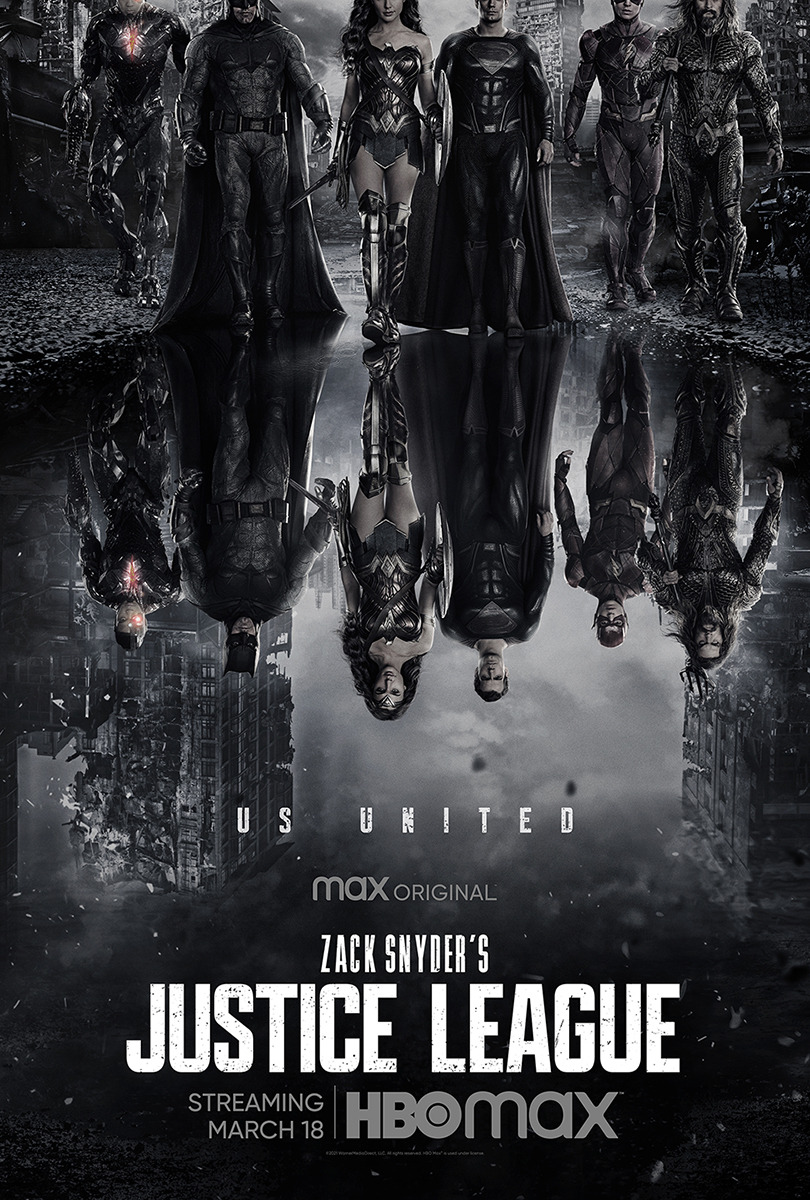 | Zack Snyder's Justice League Warner Bros. Pictures Streaming on HBO Max 242 minutes Rated R Directed by Zack Snyder | |








